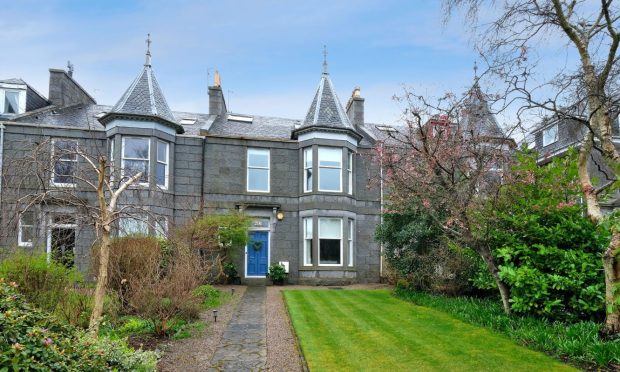Landlords and property agents have raised concern over potential “government interference” if a rent cap was to be introduced into private lets in Aberdeen.
Yesterday the Press and Journal revealed that the city council was to start monitoring private rent levels in the city and the opposition SNP group in the city have said the council has new powers under the Private Housing (Tenancies) (Scotland) Act 2016 to introduce “rent pressure zones”.
This would mean that the council could cap any rises in private rent in certain areas of the city.
Aberdeen has long had higher rents than most places in Scotland – traditionally driven by high oil and gas wages.
Supporters of the scheme point to the lack of certain public sector staff in the city who may be put off by the high rents. Many other European countries have similar regulations.
But landlords last night reacted with anger to the idea, pointing the finger of blame at the council for not building enough affordable homes themselves.
Granite City rental prices have tumbled since the downturn in the oil and gas sector- falling 28% since 2014.
Adrian Sangster, national leasing director at Aberdein Considine, which acts or more than 2,000 landlords across Scotland, said: “Whilst for several years the headlines reported runaway rents in Aberdeen, in actual fact up until late 2012 the rate of increased rental levels in Aberdeen more or less mirrored that of the consumer price index (CPI), which could not have been considered excessive.
“It’s accepted from 2013 to early 2015 the rate of growth did far exceed CPI, however since then rental values have dropped considerably to pre-2007 levels.
“Aberdeen is now the perfect example of a market that self-corrected without the need for government interference.
“The bottom line is that the introduction of rent caps is the result of many years of failure by successive governments in dealing the provision of housing.”
David Melhuish director of the Scottish Property Federation said he found the potential cap to be “strange” and a “point of concern”.
He said: “The act was introduced in order to curb large increases in rent. If the market is reducing rent itself without intervention then you have to question if the market is already responding and what the need for a rent pressure zone?”










